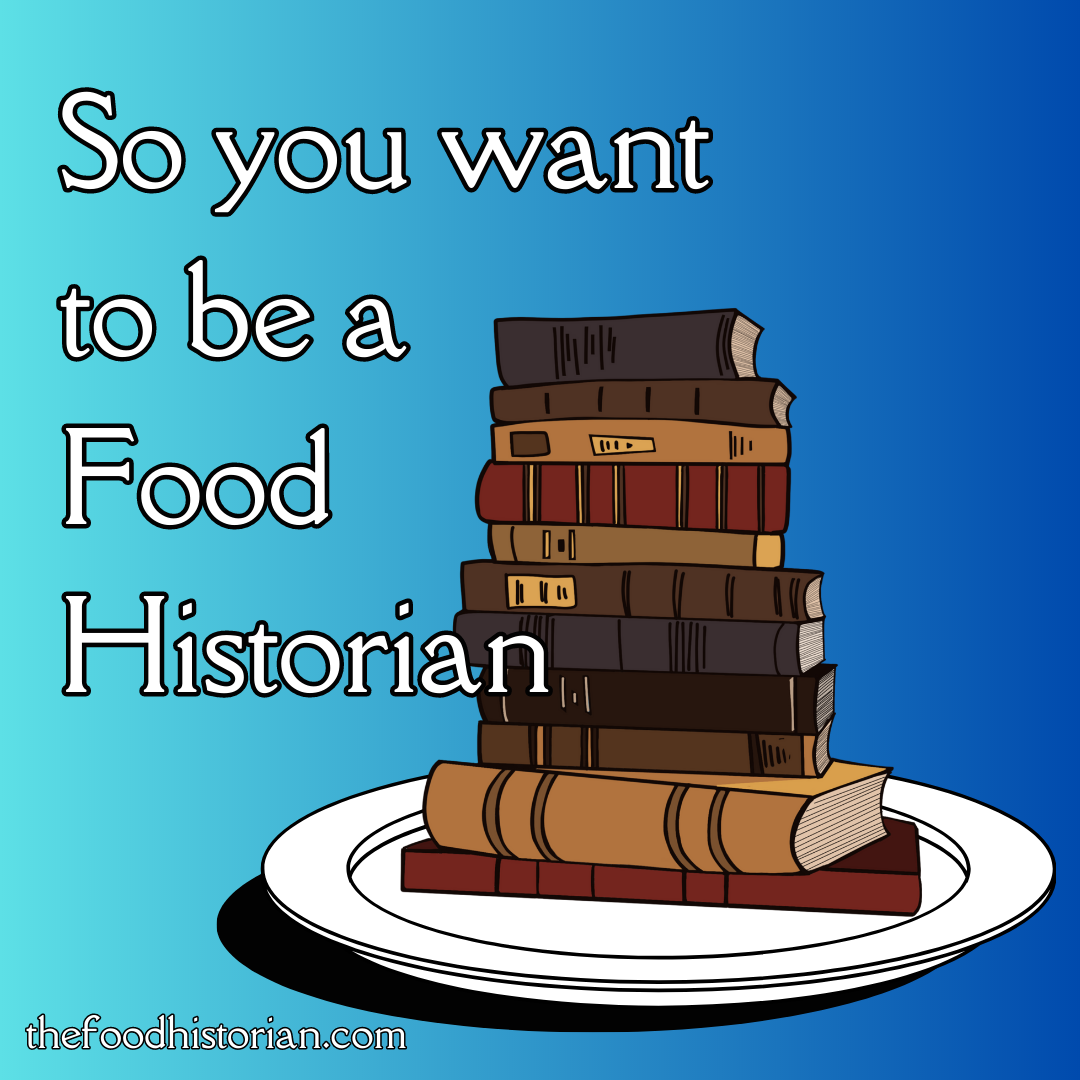Food historians, the culinary detectives of the past, delve into the tantalizing world of gastronomy, unearthing the stories behind our favorite dishes and unraveling the intricate tapestry of food culture.
Their meticulous research and captivating narratives transport us through time, revealing the evolution of cooking techniques, the significance of historical dishes, and the profound connection between food and our cultural identities.
Definition and Overview
Food historians delve into the culinary tapestry of the past, unearthing the stories behind our food traditions and the evolution of our culinary landscape. They meticulously examine historical texts, cookbooks, and other sources to piece together a comprehensive understanding of food culture and the interplay between cuisine and society.
Their Role, Food historian
Food historians serve as cultural detectives, shedding light on the culinary practices, beliefs, and innovations that have shaped our food systems. Their research helps us appreciate the nuances of different cuisines, unravel the origins of beloved dishes, and trace the impact of food on our collective identity.
By connecting the dots between the past and present, they enrich our understanding of the role food plays in our lives and the broader tapestry of human history.
Methods and Approaches
Food historians employ a range of research methods to uncover the culinary practices and foodways of the past. These methods include:
Historical Sources
Food historians analyze a wide variety of historical sources to gain insights into past diets and food cultures. These sources include:
- Cookbooks and recipe collections
- Household accounts and inventories
- Agricultural treatises and farming manuals
- Travel accounts and exploration journals
- Literary works, such as novels, poems, and plays
- Archaeological evidence, such as food remains, cooking utensils, and pottery
- Art and iconography, such as paintings, sculptures, and mosaics
Areas of Specialization
Within the broad field of food history, there are numerous specialized areas of study that contribute to a comprehensive understanding of food culture.
These areas focus on specific aspects of food, such as its production, distribution, consumption, and cultural significance, and provide insights into the diverse ways in which food has shaped and been shaped by human societies.
Food Production
- Examines the history of agricultural practices, farming techniques, and food production systems.
- Provides insights into the evolution of food production technologies, the role of climate and environment, and the impact of food production on the natural world.
Food Distribution
- Traces the history of trade routes, transportation networks, and distribution systems.
- Investigates the factors that have influenced the availability and accessibility of food, including political, economic, and social forces.
Food Consumption
- Studies the cultural and social aspects of food consumption, including dietary habits, meal patterns, and food preferences.
- Examines the role of food in identity formation, social stratification, and cultural rituals.
Food Culture
- Explores the broader cultural significance of food, including its role in art, literature, music, and folklore.
- Investigates the ways in which food has been used to express cultural values, beliefs, and traditions.
Culinary History
Culinary history explores the evolution of cooking techniques, recipes, and foodways across cultures and time periods. It sheds light on the interplay between food, culture, and history, offering insights into the lives of past societies.
Evolution of Cooking Techniques
Cooking techniques have undergone significant transformations over time, driven by technological advancements, cultural influences, and the availability of ingredients. From the use of fire for grilling and roasting in prehistoric times to the invention of ovens and stoves, cooking methods have evolved to enhance flavors, preserve food, and create culinary masterpieces.
Historical Dishes and Their Significance
Historical dishes offer a glimpse into the culinary traditions of different eras. Consider the significance of dishes like:
- Peking Duck:A Chinese delicacy dating back to the Imperial era, renowned for its crispy skin and succulent meat.
- Haggis:A Scottish dish made from sheep’s pluck, oatmeal, and spices, reflecting the frugal and resourceful nature of Scottish cuisine.
- Pizza:An Italian culinary icon originating in Naples, representing the simplicity and versatility of Mediterranean cooking.
Food and Culture

Food plays a crucial role in shaping cultural identity, reflecting the beliefs, values, and traditions of a society. It serves as a lens through which we can understand the social, economic, and political dynamics that have shaped human civilizations.
Food preferences and practices are often influenced by cultural norms and values. For example, in some cultures, certain foods are considered sacred or taboo, while in others, they are part of everyday meals. Religious beliefs, social customs, and historical events can all contribute to the development of unique foodways within a culture.
Food and Social Identity
- Food is a powerful symbol of social status and group affiliation. The consumption of certain foods can signal membership in a particular social class, ethnic group, or religious community.
- Food can also be used to express cultural identity in a globalized world. Immigrants often maintain their culinary traditions as a way to preserve their cultural heritage and connect with their homelands.
Food and Economic Factors
- The availability and affordability of food are influenced by economic conditions. In times of economic prosperity, people tend to have access to a wider variety of foods, while in times of scarcity, food choices may be limited.
- Food can also be a source of economic activity. The production, distribution, and sale of food create jobs and contribute to economic growth.
Food and Political Factors
- Food can be used as a tool of political power. Governments may control food production and distribution to influence public opinion or suppress dissent.
- Food can also be a source of conflict and negotiation. Disputes over food resources have led to wars and political instability throughout history.
Food Writing and Preservation

Food writing encompasses various forms that document and share culinary knowledge and experiences. Cookbooks, for instance, provide recipes, cooking techniques, and culinary tips. Culinary essays, on the other hand, explore food-related topics, such as the history, culture, and social significance of food.Preserving
food-related traditions and knowledge is crucial for several reasons. It ensures the continuation of culinary heritage, passing down recipes and techniques that have been honed over generations. Additionally, it fosters cultural diversity by safeguarding the unique food practices of different communities.
Preserving food knowledge also helps prevent the loss of valuable insights into human history, as food has played a pivotal role in shaping societies and cultures.
Cookbooks
Cookbooks are a fundamental form of food writing, providing detailed instructions for preparing dishes. They may focus on specific cuisines, cooking techniques, or dietary restrictions. Cookbooks can be instructional, offering step-by-step guidance, or they can be more narrative, sharing personal anecdotes and culinary experiences.
Culinary Essays
Culinary essays explore a wide range of food-related topics. They may discuss the history of particular dishes, the cultural significance of food, or the ethical implications of food production. Culinary essays often provide a deeper understanding of the culinary world, fostering appreciation for the complexities and nuances of food.
Education and Training
Food historians typically hold advanced degrees, such as a Master’s or Doctorate, in a related field such as history, anthropology, or culinary arts. Some universities offer specific programs in food history, while others allow students to specialize in food history within broader degree programs.
Educational Pathways
Aspiring food historians can pursue various educational pathways to acquire the necessary knowledge and skills.
- Undergraduate Studies:Students can begin their journey by pursuing a Bachelor’s degree in history, anthropology, or a related field. Coursework in these programs provides a solid foundation in research methods, critical thinking, and historical analysis.
- Graduate Studies:Many food historians hold a Master’s or Doctorate degree in a field such as history, anthropology, or culinary arts. These programs offer specialized coursework in food history, research methods, and historiography, allowing students to delve deeply into the study of food and its cultural significance.
- Specialized Programs:Some universities offer specific graduate programs in food history. These programs provide a comprehensive curriculum tailored to the study of food, encompassing topics such as food production, consumption, and the role of food in shaping societies.
Applications and Impact

Food history research provides a wealth of practical applications that extend beyond academic circles, influencing culinary practices and deepening our cultural understanding.
One of the most tangible applications of food history research is its role in preserving and revitalizing traditional culinary techniques. By studying historical recipes, food historians can help to revive forgotten dishes and cooking methods, ensuring that they are not lost to the passage of time.
This work has practical implications for chefs and culinary professionals, who can incorporate these historical insights into their own cooking.
Impact on Culinary Practices
- Preservation and revitalization of traditional culinary techniques
- Inspiration for new culinary creations
- Informed decision-making in culinary education and training
Beyond preserving culinary heritage, food history research also serves as a source of inspiration for new culinary creations. By understanding the historical evolution of dishes and flavors, chefs can draw inspiration from the past to create innovative and contemporary dishes that reflect both tradition and modernity.
Impact on Cultural Understanding
- Enrichment of our understanding of past cultures
- Illumination of social and economic relationships
- Recognition of the diversity and interconnectedness of food cultures
Food history research also has a profound impact on our cultural understanding. By examining the role of food in different societies and time periods, we gain insights into the social, economic, and cultural factors that have shaped our relationship with food.
This knowledge helps us to appreciate the diversity and interconnectedness of food cultures around the world.
Essential Questionnaire: Food Historian
What is the role of a food historian?
Food historians explore the history of food and cuisine, examining its evolution, cultural significance, and impact on society.
How do food historians conduct their research?
They analyze historical texts, cookbooks, menus, and other sources to uncover insights into past foodways and culinary practices.
What are some specialized areas of food history?
Food historians may specialize in topics such as regional cuisines, the history of specific ingredients, or the role of food in social and cultural movements.
How can food history impact our understanding of the present?
By understanding the culinary traditions of the past, we gain a deeper appreciation for the diversity of food cultures and the factors that have shaped our current eating habits.
